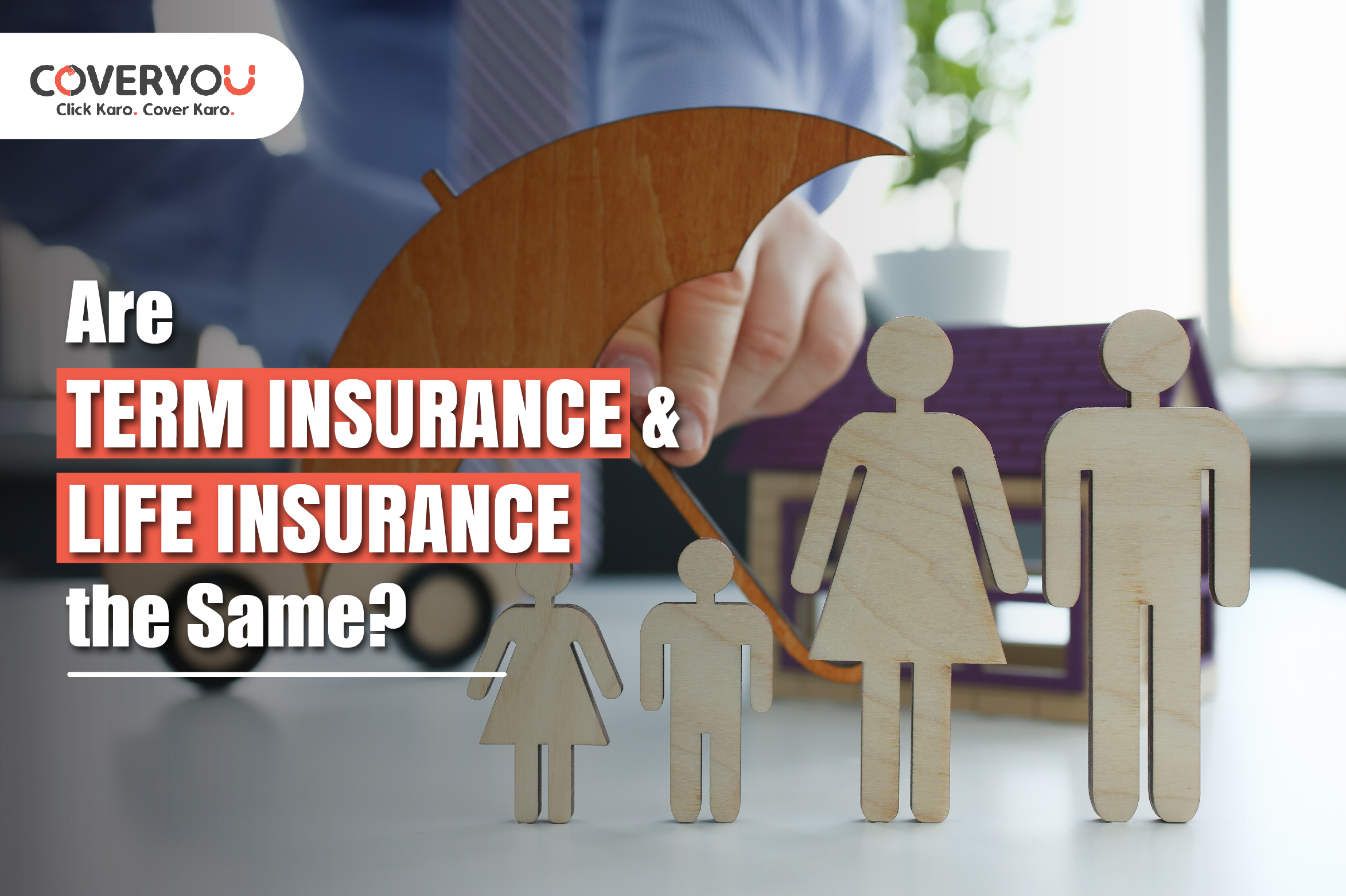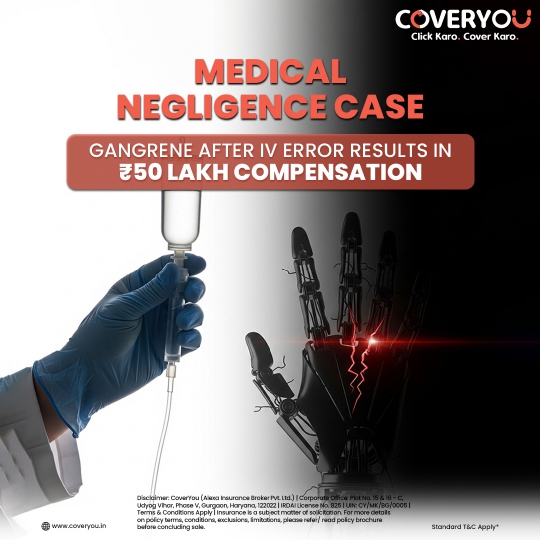Many people use the terms “term insurance” and “life insurance” interchangeably assuming they provide the same benefits. Term insurance and life insurance are not exactly the same thing, even though they are both types of insurance. Making the best financial decision for your future and the security of your family requires an understanding of the primary differences.
1. Term Insurance is a Type of Life Insurance
Life insurance is a broad category which covers a variety of plans intended to support your family financially in the event of your untimely death. The simplest and least expensive type of life insurance is term insurance. For a predetermined term or duration, typically 10, 20, or 30 years, the policy offers pure risk coverage. The nominee gets the amount guaranteed if the policyholder passes away during this time. However, there is typically no maturity benefit if the policyholder lives out the term.
2. Coverage & Benefit Structure
One of the major differences between the both is the benefit structure. Only term insurance provides the Death benefits. Other types of life insurance, on the other hand, like whole life or endowment policies, provide both maturity and death benefits. Some even include investment or savings components, enabling policyholders to accumulate wealth over time. Therefore, traditional life insurance plans provide more complete financial solutions, even though term plans are straightforward and affordable.
3. Premium Costs Vary Significantly
Due to its affordable premiums, term insurance is often recommended for families and young professionals. A term policy can be significantly less expensive than a traditional life insurance policy for the same amount assured. However, because life insurance plans with maturity benefits combine savings and insurance, their premiums are higher. If affordability is a concern, term insurance offers more value in terms of coverage per rupee.
4. Investment vs. Protection
It frequently comes down to mindset when deciding between term and other life insurance products. Term insurance is the best choice if your family’s only financial security is your main concern. However, traditional life insurance might be more beneficial if you’re seeking a combination of long-term savings, wealth building, and life insurance. In this context, term insurance supports preparation for emergencies, whereas other life insurance plans are more appealing to people who are concerned with asset accumulation and financial planning.
5. Flexibility and Add-On Benefits
The flexibility of modern term insurance plans has increased. Many now allow policyholders to customize their coverage by including riders like disability, accidental death, and critical illness coverage. However, life insurance policies may have lock-in periods, reduced liquidity, and fewer add-ons, particularly if they include investment components. Generally speaking, term insurance makes it simpler to upgrade policies and transfer them between life stages.
To conclude, term insurance is a subset of life insurance, but not all life insurance is term insurance. Term insurance is the best option if you’re looking for straightforward, high-sum coverage at an affordable price. However, traditional life insurance plans may be more appropriate for you if you want insurance that doubles as a savings or investment tool. You can more effectively align with your policy choices for your financial priorities and life objectives by being aware of these differences.
Looking for the best life insurance policy tailored for doctors?
CoverYou offers Exclusive Life Insurance plans designed to match the unique needs of medical professionals. With benefits like tax savings under Section 80C, zero-cost term options, 1-day claim settlement, and a hassle-free issuance process, doctors can enjoy both protection and smart financial planning, all in one plan. Choose CoverYou for trusted, doctor-first insurance solutions.

















